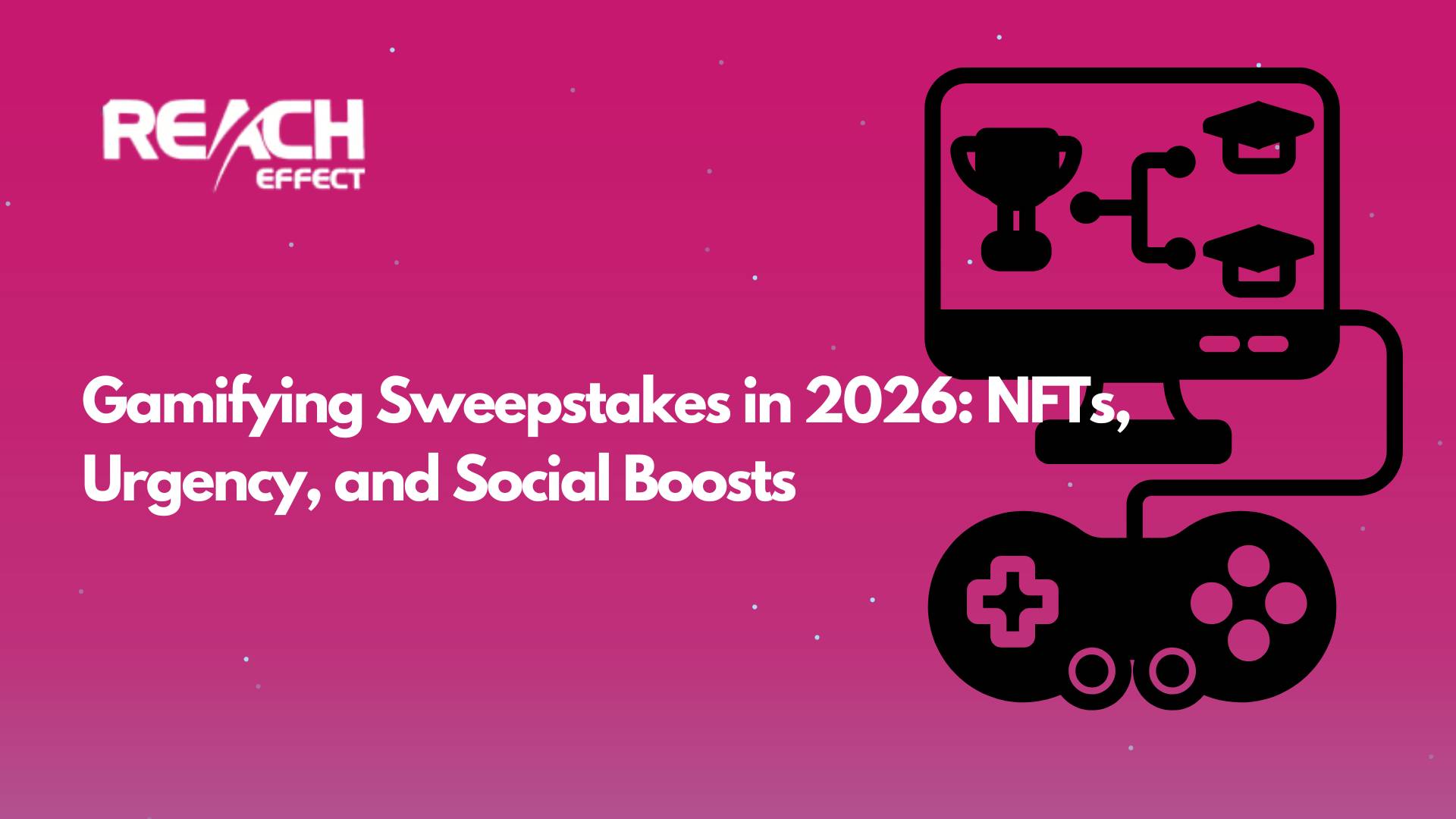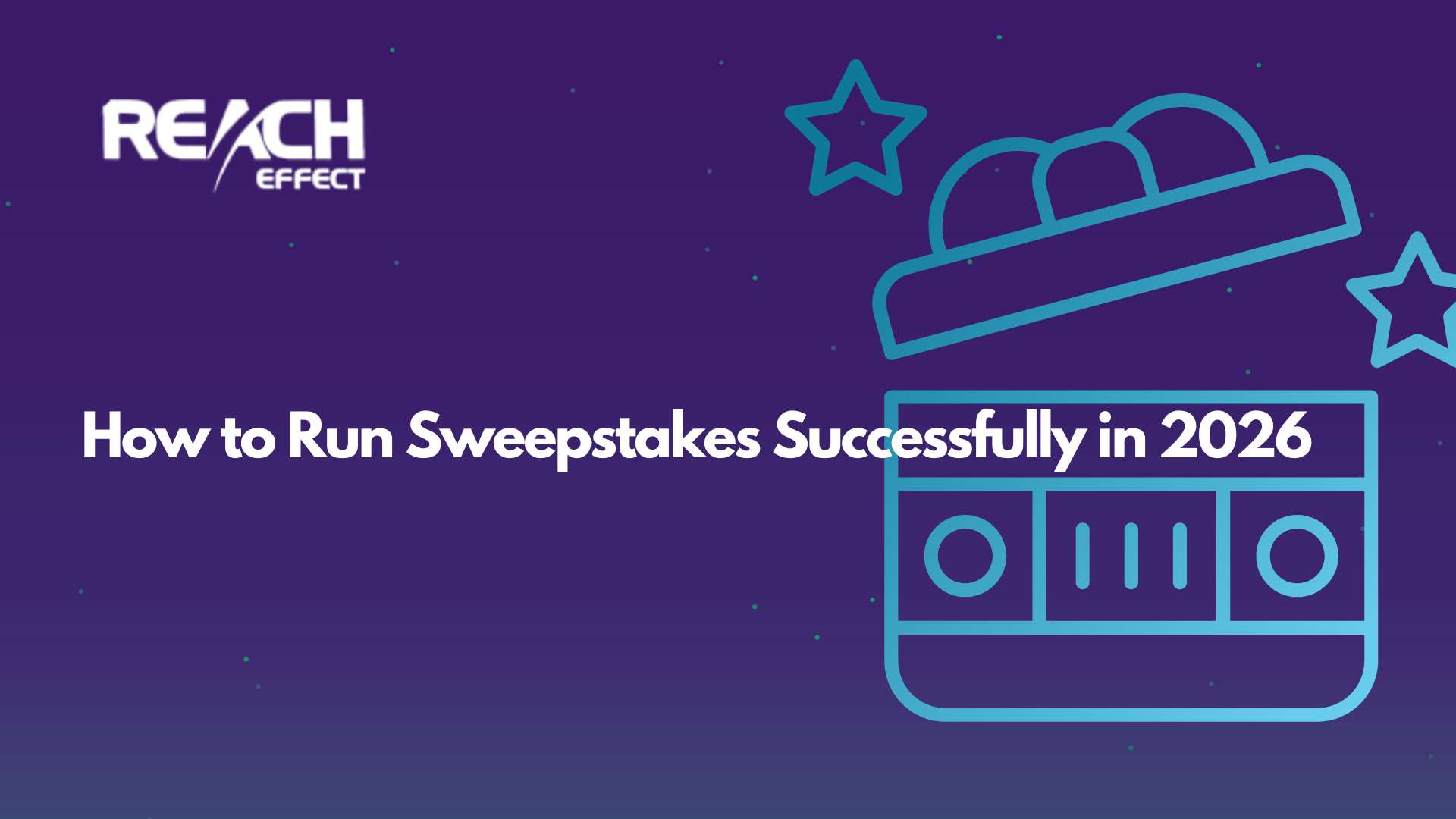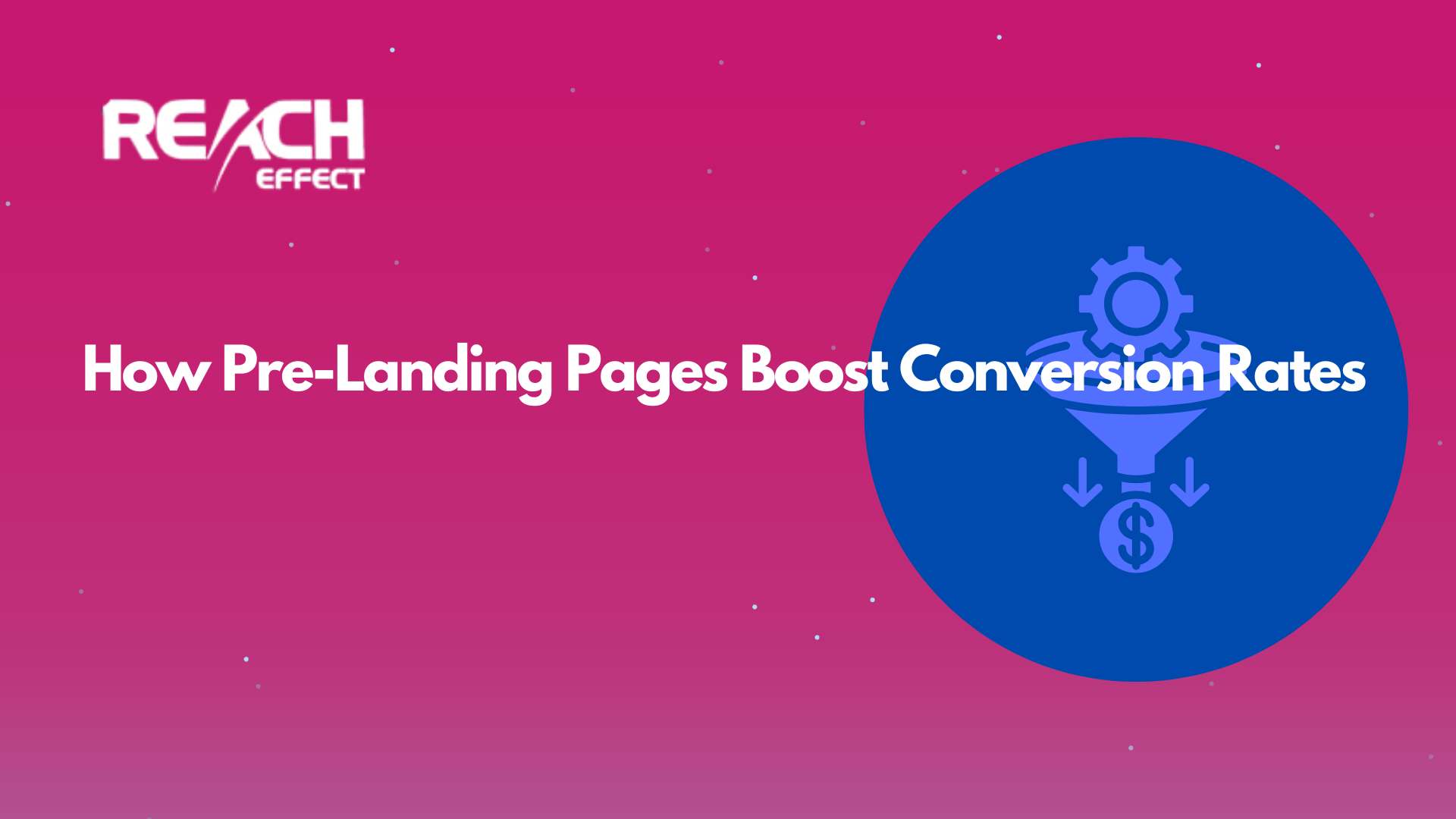Affiliate marketing offers a fantastic way to earn money online without needing to invent your own products. It works by partnering with companies to promote their goods or services. When someone buys something using your special link, you get a commission. It’s straightforward and can become a solid income source with the right effort.
Thank you for reading this post, don't forget to subscribe!What makes affiliate marketing appealing is its flexibility. You don’t need a big budget or a fancy office. You can start small, maybe as a side project, and grow it over time. This guide will walk you through clear steps on how to grow your affiliate marketing business. Whether you’re new to this or want to boost what you’ve already started, these tips will point you in the right direction.
1. Pick a Profitable Niche and the Best Products
Success begins with focus. To learn how to grow your affiliate marketing business, start by choosing a niche that aligns with your passions and has strong commercial demand. Use tools like Google Trends or Keyword Planner to confirm interest levels. Narrow your options by looking for niches where:
- Search volumes are healthy (at least a few thousand monthly searches for key terms)
- CPC (cost-per-click) rates are above $1, which indicates advertiser competition
- Affiliate programs offer 20–50% commissions or high fixed payouts
After you pick a niche, vet individual products or services. Read user reviews on Amazon, Trustpilot, or niche forums. Prioritize vendors who provide promotional materials, transparent performance data, and reliable payouts. By selecting high-value offerings, you build credibility and increase the odds that your referrals convert into sales.
2. Deeply Understand Your Audience’s Needs
Knowing your audience makes every promotion more effective. Create a detailed avatar that includes:
- Demographics: age, gender, income level, location
- Goals: what improvements they seek (e.g., “lose 10 kg in three months,” “learn guitar fast”)
- Frustrations: common hurdles or questions they face
- Preferred media: blogs, YouTube, podcasts, social media channels
Gather insights by reading comments on popular niche blogs, joining Facebook groups, or surveying your email list. When you understand their language and concerns, you can craft content that feels like a personal recommendation rather than a generic advertisement.
3. Build a Content Hub That Converts
A well-organized content hub positions you as an authority and keeps readers on your site longer. Structure your hub with:
- Evergreen cornerstones: long-form guides or tutorials (2,000+ words) that cover foundational topics
- Product roundups: “Top 10 [Niche] Tools for Beginners” with affiliate links and mini reviews
- Case studies and success stories: share results you or your audience achieved using specific products
- Tutorial videos: embed short demos or walkthroughs to boost engagement and watch time
Within each piece, sprinkle your affiliate links naturally—aim for no more than one link per 300 words so it never feels pushy. Use clear calls to action like “Check current pricing on [Product]” or “See how [Tool] helped me double traffic.”
4. Master On-Page and Technical SEO
Organic search can supply the lion’s share of your traffic if you learn how to grow your affiliate marketing business through SEO. Key steps include:
- Keyword strategy: target a mix of informational (e.g., “how to choose [product]”) and transactional (e.g., “[product] discount code”) queries
- Title tags & headings: put primary keywords near the front and keep titles under 60 characters
- Internal linking: connect related articles so Google sees your site as a comprehensive resource
- Site speed & mobile: use Google’s PageSpeed Insights and mobile-friendly tests; compress images, enable caching, and choose a reliable host
Over time, search engines will reward your site with higher rankings, sending more free traffic your way.
5. Grow and Engage Your Email List
Owning an email list lets you promote offers directly to people who trust you. To build your list:
- Create a lead magnet—cheat sheet, mini course, or template—that aligns with your niche.
- Place opt‑in forms inside blog posts, at the end of articles, and as exit-intent popups.
- Send a welcome sequence of 3–5 emails that deliver extra value before pitching any products.
As you nurture subscribers with helpful tips, occasional case studies, and exclusive discounts, they’ll view your recommendations as solutions rather than sales pitches. Over six months, consistent email marketing can double or triple your affiliate income.
6. Leverage Social Media and Community Engagement
Even with a strong website and email list, social channels can drive fresh visitors. Best practices include:
- Short-form videos: post quick tips or tool demos on TikTok, Instagram Reels, or YouTube Shorts
- Live sessions: host weekly Q&A or product walkthroughs on Facebook Live or LinkedIn Live to answer real-time questions
- Niche forums: participate in Reddit threads or industry Slack groups, offering advice and linking back to in-depth articles when relevant
By combining social proof with direct links to your content hub, you amplify your message and attract followers who are likely to click your affiliate links.
7. Use Paid Advertising to Accelerate Results
Paid ads can jump‑start growth when organic channels take time. To test paid promotions:
- Allocate a small budget (e.g., €5–€10 per day) initially
- Target high‑intent keywords on Google Ads or lookalike audiences on Facebook
- Direct clicks to a specialized landing page that highlights one core benefit and a prominent call to action
Monitor ROI closely. Pause campaigns that exceed your target cost per acquisition and reinvest in ads that deliver consistent profits. Over a few weeks, you’ll discover which ad creatives and audiences work best for your niche.
8. Analyze Data and Optimize Continuously
Regular analysis is the secret sauce for how to grow your affiliate marketing business sustainably. Track:
- Click-through rate (CTR) on each page and email
- Conversion rate per offer and traffic source
- Average order value (AOV) for each merchant
- Earnings per click (EPC) to compare merchant programs
Use Google Analytics goals and your affiliate network’s dashboard together. If a page underperforms, update the copy, test new headlines, or swap in more compelling offers. Over time, even a 10% bump in conversion rates can translate to thousands more euros per month.
9. Diversify and Future‑Proof Your Income
Market changes or vendor policy shifts can affect commissions overnight. To safeguard your earnings:
- Join at least three different affiliate networks (e.g., Awin, ShareASale, Impact)
- Look for recurring‑commission programs (SaaS tools often pay 30–50% monthly)
- Add complementary niches if you notice related interests within your audience
A diverse network of partners and programs ensures that dips in one area are offset by gains in another, keeping your overall income on an upward trend.
10. Scale with Automation and Outsourcing
Once you find winning formulas, free up your time by automating and delegating:
- Use Reacheffect to auto‑insert affiliate links, track clicks in real time, and generate performance reports all from one dashboard
- Schedule social media posts with Buffer or Hootsuite
- Hire freelance writers or video editors to expand your content library
By leveraging tools and trusted collaborators, you can publish more frequently, explore new channels, and refine your approach—without burning out.
Common Pitfalls to Avoid
- Chasing every shiny trend: focus on proven methods first, then test new ideas cautiously.
- Promoting products you haven’t vetted: low‑quality offers damage your reputation faster than they boost commissions.
- Neglecting mobile users: over half of web traffic comes from smartphones; always check how your pages look on small screens.
Conclusion
Growing an affiliate marketing business is a journey of research, content creation, promotion, and constant optimization. By selecting the right niche, understanding your audience, building a content hub, and leveraging SEO, email, social media, and paid ads, you set a strong foundation. From there, data analysis, diversification, and automation help you scale efficiently. Tools like Reacheffect simplify campaign management so you can concentrate on strategy and value creation. Follow these steps, stay consistent, and you will see steady growth in your affiliate earnings over time.










